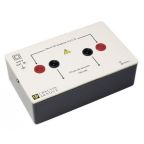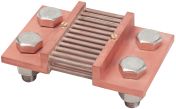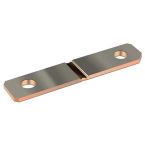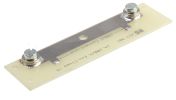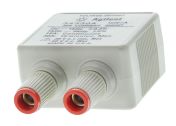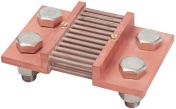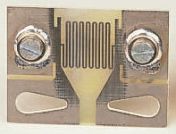Shunts
A shunt is a precision resistor connected in parallel across a device which is used to measure both alternating and direct current by creating a low-resistance path. Learn more with our handy shunt resistors guide.
How does a shunt work?
Also known as an ammeter shunt or a current shunt resistor, a shunts low resistance creates only a small amount of voltage drop by using little energy in the process. By using Ohms Law equation, the voltage across the shunt is measured and used to calculate the current flow in amperes.
A resistor of accurately known resistance (usually a manganin resistor) is placed in parallel with the ammeter. The current is then divided so that only a small amount travels through the ammeter and the actual amperage can be directly measured.
What are Shunt Resistors?
Shunt resistors are generally used to measure high currents with low levels of associated resistance. Shunting refers to diverting or following a force along a set path.
There are many occurrences where measurement of current will be required. Common applications include over-current protection, 4-20mA systems, battery charging, and H-bridge motor control.
Current Shunt applications
Shunts are diverse and capable of many uses within many different applications:
- One of the uses of a shunt is within a renewable energy system such as wind turbines or solar panels. They are used to measure how much current is flowing in and out of the battery, or for knowing how much power is being generated.
- If high frequency noise is an issue, a shunt with a capacitor
can be used to redirect noise sending it to the ground before the signal reaches the circuit elements.
- They can be installed within a DC disconnect enclosure with a negative conductor between the batteries and the inverter. Some systems also have multiple shunts when several inputs and outputs require monitoring.
- Shunts can be used for overload protection in control devices such as battery chargers and power supplies. They can also be used in digital meters and coil panel meters for measuring current in DC.
Types of shunts
There are several different types of shunts such as:
- Standard Brass Ended
- Compact Brass Ended
- Digital
- Plate Type
- Wire Type
Browse the broad range of Shunts RS has to offer and order today for next day delivery.





